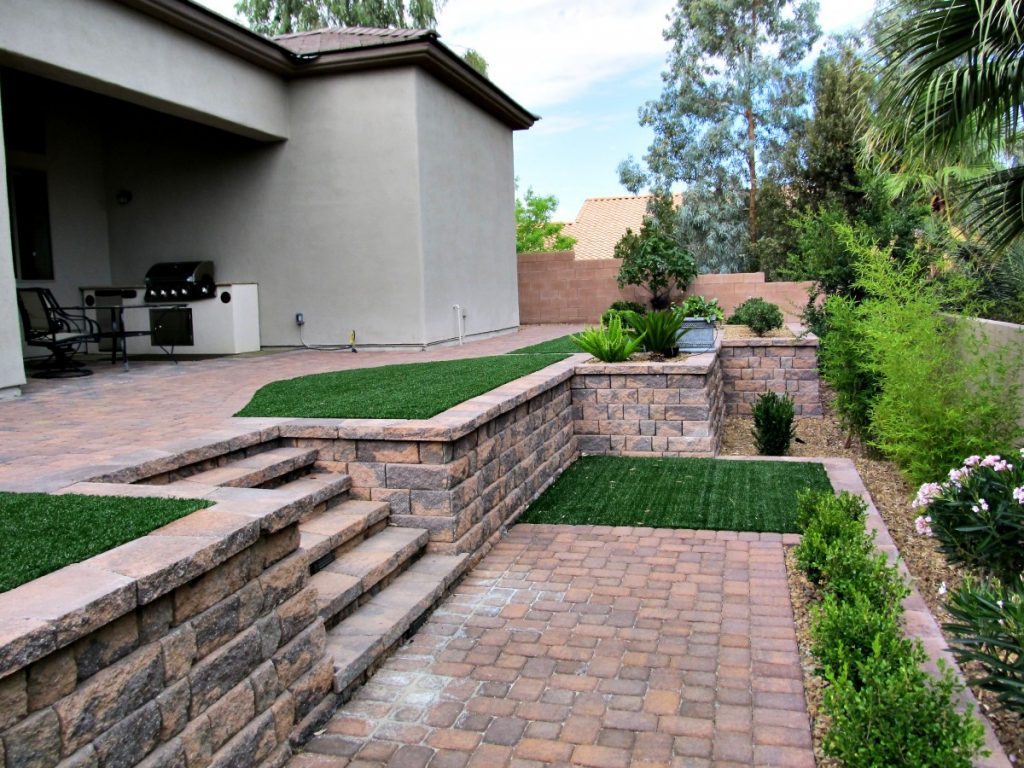Building an stunning outdoor space is a craft that combines imagination, functionality, and a keen insight of nature. Landscape design is more than putting in flowers and sowing grass; it’s about blending nature fluidly with our constructed spaces to create an inviting and harmonious aesthetic. No matter if you have a vast backyard or a small front yard, the elements of landscape design can transform your outdoor areas into stunning extensions of your home.
In this article, we will examine fundamental ideas and techniques that can enhance your landscape design, from understanding modern and traditional styles to including eco-friendly practices. You will discover practical tips for optimizing limited spaces, choosing the right plants, and integrating hardscaping elements that enhance your overall design. If you are a beginner looking to begin your landscaping journey or a seasoned gardener seeking inspiration, the art of integrating nature is attainable to anyone. Join us as we delve into the essentials of landscape design that can make your outdoor dreams into actuality.
Essential Outdoor Arrangement Ideas
Designing a gorgeous backyard starts with a thoughtful planning plan that merges functionality with appeal. One essential idea is to incorporate multiple plant varieties that thrive in your local conditions. Incorporating a mix of long-lasting plants, annuals, and evergreen plants can guarantee all-year appeal and minimize maintenance. Exploring native plants also supports regional ecosystems but also establishes a landscape that seems harmonious with the surrounding environment.
Another essential element of landscape design is the use of hardscaping features like patios, paths, and structural walls. These elements provide form and can determine outdoor living environments. Thoughtful placement of stone paths and sitting spaces invites investigation and comfort, enhancing the overall purpose of your backyard. Reflect on adding components like fireplaces or outdoor kitchens that promote social gatherings and make your outdoor space more pleasant.
Lighting plays a crucial role in landscape design, as it can significantly transform the atmosphere of your space after sunset. Strategically positioned lights can accentuate key features, such as plants or pathways, while creating a inviting and welcoming atmosphere. Using different lighting approaches, such as up-lighting and downlighting, allows you to set different vibes and highlights your landscape's beauty both during the day and at night.

Green and Budget-Friendly Strategies
Designing a stunning outdoor space does not be expensive or negatively impact the ecosystem. One sustainable approach is to choose local plants that are suitable to your regional climate and soil types. These plants typically require minimal water and care compared to introduced species, making them excellent for a cost-effective landscape. By opting for native varieties, you also promote local wildlife and enhance biodiversity in your area.
Another efficient approach for a economical landscape design is to include hardscaping elements, such as stone walkways, masonry walls, or decks made from reclaimed resources. Garden Maintenance can minimize the amount of lawn area that demands regular maintenance, resulting in lower maintenance costs over the years. Furthermore, hardscaping can provide visual appeal and create functional outdoor areas for relaxation and entertainment.
Utilizing sustainable practices in your landscaping project is also a smart option to cut expenses. For instance, recycling organic waste can benefit your soil without the need for costly soil additives. Additionally, looking into xeriscaping, which emphasizes drought-resistant plants and effective irrigation techniques, can significantly lower water costs. By implementing these sustainable and budget-friendly methods, you can establish a beautiful outdoor space that is both sustainable and affordable.
Tips for Choosing the Right Landscape Style
When selecting a landscape style, think about the overall architecture of your home. The design should fit with the existing features and colors of your house. For example, a modern home may benefit from sleek lines and minimalistic designs, while a historic home might shine with timeless features and lush gardens. Observe the shapes and materials used in your home’s construction, as they can guide you towards a harmonious landscape design.
Another important aspect to consider is your personal preferences and lifestyle. Think about how you want to enjoy your outdoor space. If you enjoy hosting guests, a formal landscape with patio areas and dining areas might be ideal. Conversely, if you prefer a tranquil oasis for unwinding, focus on creating a serene environment with earthy components like water features or shaded seating. Your landscape should exemplify your needs and provide a space that you look forward to spending time in.
Lastly, pay attention to the climate and environmental conditions of your area. Different regions offer unique challenges, such as soil type, sunlight exposure, and water availability. Choose a style that can flourish in your specific environment. Incorporating native plants and eco-friendly practices will not only enhance the durability of your landscape but will also ensure that you have a vibrant and thriving garden that can survive with less maintenance.
